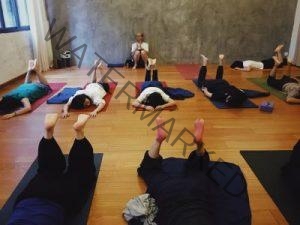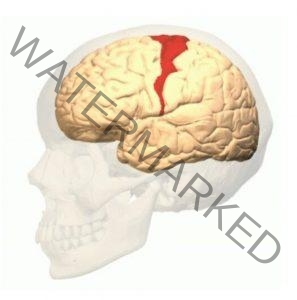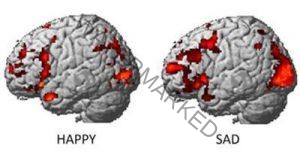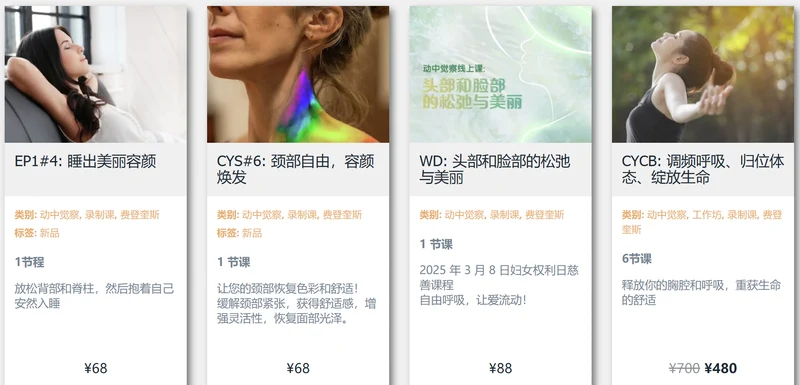
With ATM movements, in a very short time we can experience, lightness, ease and elegance in our movements, but is this practice only physical practice?
We, as human beings, would not have a brain if we would not have to move. Vegetables and trees have the ability to adapt to the environment, even if some scientists are starting to say that trees have feelings, they have no brain.
Rather than to watch the teacher demonstrating movements, in most of the ATM lessons, students are invited to listen to the description given by the teacher. This modality engages, every student, into the modality of imagining the movement prior to experimenting the experience of performing the movement.
Remember the last time you showed your child “how to do” what you wanted her or him to do.
Then, the realization of your intention by her or him, was then much faster than if you would have let your child doing it on his or her own. You allowed less time and gave less space for him or her, for thinking and imagining.
We all do that, most of the time with the excuse that we want to save time, or worse because we want to prove we are right.
Imagining (here the meaning is to make an image in the brain) or picturing, involves much more brain activation than simply watching someone demonstrating a movement or an action (mainly in the motor cortex area).

What are the benefits of it?
From a medical point of view, there is no doubt, brain exercise can slow down the natural degeneration of neurons or neural connections, helping to slow down aging of our brain.
More and more, neuro-science describes our brain as a big muscle, and thank to its own plasticity, like every muscle of our body, it can be trained.
In ATM, not showing or not demonstrating, gives more freedom to the student to experiment different ways, to find new ways, stimulating parts of the brain related to curiosity and creativity.
Being invited to imagine the motion, rather than copying, requires a higher level of attention, by practicing being attentive we enhance our ability to focus and to concentrate.
All those effects can be proven by scientific studies, because they can be easily systematized.
However, what are less easy to be demonstrated by science are the benefits to emotions and the ways we deal with them.
Most of the time, our emotions have manifestation in our physical body, like feeling out of breath, feeling tension in the belly or in the shoulders, etc..
But the creation, the initiation, the source of every single is in the brain.

Source: Carnegie Mellon University
In my practice, as Feldenkrais practitioner, it’s fascinating, how many students come to me after several months of practice saying that this has changed their sense of confidence, or their relationship with people around them, or simply their ability to listen and to be more open to others; you will agree, that all of these has to do with self-trust and self-love.
Just imagine, when you are helping your child to do his/her homework, or when you are giving a task to one of your team members. In both cases the person will gain confidence by doing the way they feel good and right to do, and not by copying your way of doing. In both cases, the importance of the tutor is to make the other feeling supported whether the result meets or not the expectations of the tutor. The role of the tutor is to give to the other person, the feeling of being supported, rather than to give direct support to fulfill his or her expectations.
Confidence and self-trust can be innate qualities, can also be gained bit by bit, but can very surely and easily be inhibited.
Of course I cannot scientifically prove it just simply from my own experience, but for sure, by practicing this deep listening and attention to ourselves when lying on the floor, playing with all kinds of different possibilities of using our nervous system to move our body, triggers curiosity, stimulates creativity in our brain, and makes us realize the numerous possibilities and choices we unconsciously ignore.
I like to give lessons as if the student is making a puzzle. The realization, the size, the shape, the color of the puzzle are personal to every student, like an ephemera piece of art students give to themselves. When I give class, sometimes I have the privilege of watching those different arts makings, sometimes it stays inside everyone.
I don’t care if someday science will support my intuition or not, because the beauty of this is to be an art, as well as a body and mind fitness practice
“Life is a journey from human being to being human.”

不要忘记查看我们即将举行的活动和课程的日历。
Don’t forget to check the calendar of our upcoming events and classes.
